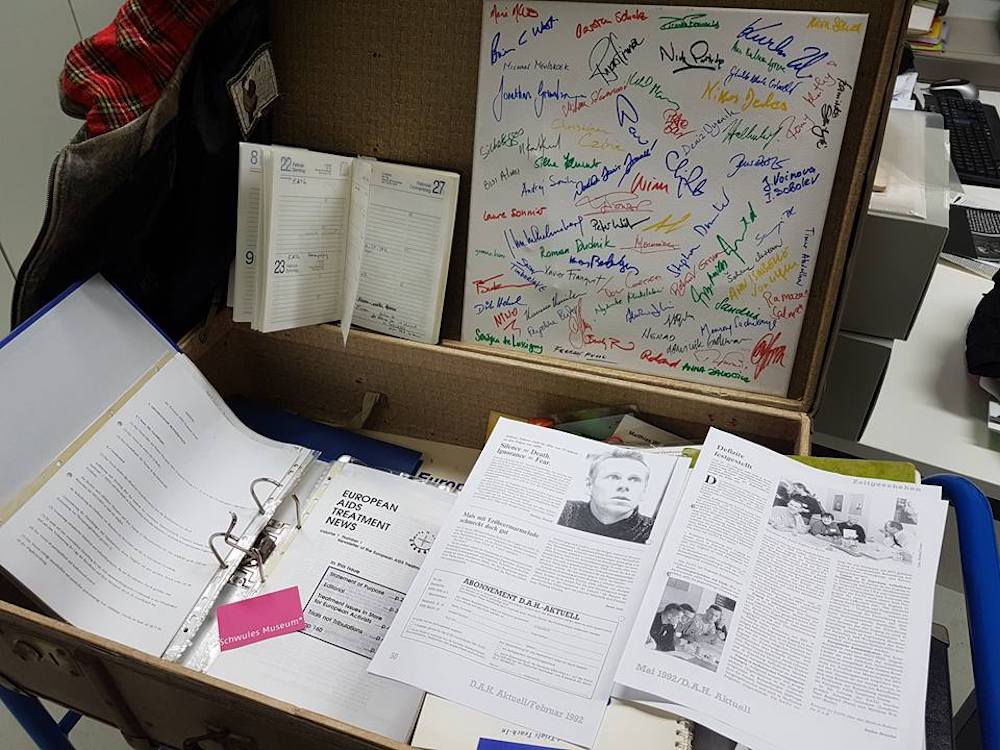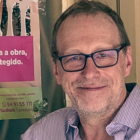People have the power: How patient-led organisations have effected change

The year of the European AIDS Treatment Group (EATG) launch, 1992, feels like another age. The world of HIV was very different. Care was medicalised, and treatments toxic and often poorly tolerated. AIDS mortality was high (in the US, it was the leading cause of death for men aged 25-44), and the patient’s voice was muted. Stigma was rife and heavily politicised, fed by a poor understanding of HIV, conservative religious and political views, and general abhorrence of lifestyles seen as “inappropriate”. The moral panic towards AIDS, born in the 1980s, was still strong.
Treatment advocacy, including by prominent organisations such as the AIDS Coalition to Unleash Power (ACT-UP), was at the forefront of community efforts to gain access to medicines that, while not yet fully approved, would be an improvement on what was currently available. This activism was – by necessity – confrontational and shocking. The French movie “120 BPM”, made in 2017 but set in the early 90s, captures some of the passion and energy of activists associated with the Paris arm of ACT-UP, fighting for quicker responses from politicians and pharma in the fight against HIV and AIDS which at the time were slow and unresponsive to the terrible morbidity and mortality experienced by affected people.
It was in this maelstrom that plans were made in 1991, between the UK’s Terence Higgins Trust and Deutsche AIDS-Hilfe, to hold the first AIDS & Medication meeting for AIDS activists to strategise treatment activism in a European context. From that meeting came the first European AIDS Treatment Agenda, in time for the 1991 International AIDS Conference, and the first statement of its kind. The following year, the AIDS & Medication meeting was held in Berlin, attended by 19 people from nine European countries and observers from the European Commission and WHO Europe. It was here that the European AIDS Treatment Group was formed, registered in Germany (which it is to this day). Details of EATG’s early work up to 2017 are available in the publication released for the 25th Anniversary five years ago.
Since 1992, EATG has developed, adapted, and diversified. It remains the largest Europe-wide community- and patient-led HIV organisation advocating for better treatment and care for affected people. It provides a vital conduit for the patient’s voice to be heard, and to this end is active in European forums, discussions with pharma, and at conferences and events which – unlike in 1992 – now prominently feature the vital role of the HIV community in maximising treatment effectiveness, prevention, and community engagement.
This year EATG, based in Brussels, Belgium, turns 30 years old. It has grown from a small cohort of like-minded treatment activists into the largest Europe-wide patient- and community-led HIV organisation in the region. This growth is in no small part due to the commitment, tenacity, and dedication of its members, and faith placed in EATG by donors, mainly pharma, who have allowed EATG to plan its strategies and activities completely independently, even though sometimes EATG has been critical of pharma’s stances on certain issues. With its powerful patient voice EATG remains committed to maximising access to effective treatment, diagnostics, and prevention modalities for all people and groups affected by HIV.
EATG remains the only Europe-wide activist network for HIV. To continue its vital work, EATG will keep fighting, drawing on the remarkable skill sets of its members and secretariat, and working in partnership with other like-minded organisations, both inside and external to the HIV sector. The voice of the patient must be heard, for HIV is still very much around, kept in check only by better prevention and care, effective treatment of affected people, and community-led initiatives. Two recent events, the Covid-19 pandemic, and the war in Ukraine, highlight the system’s fragility. Both led to significant disruption in the treatment and care of affected people, with difficulties accessing care and treatment in many areas. Local NGOs were the real stars here, maintaining services where they could, and (for example in Poland) expanding networks to cope with the influx of refugees living with HIV and requiring treatment continuity from Ukraine.
Constant vigilance is therefore vital, as is the expansion of prevention initiatives such as pre-exposure prophylaxis (PrEP) to prevent an HIV-negative person becoming infected. It’s also important to keep pushing the U=U message, that a person receiving effective HIV treatment cannot pass on the virus to another person.
EATG will continue its vital work into the next 30 years, for there is still much to do. There needs to be better access to treatment and care across the region for those affected by HIV and its comorbidities in an ever-changing political and social landscape. There is also the global aim of eradicating AIDS by 2030 to keep in mind, as well as battling against the constant danger posed by stigma. We will fight on!
#ReflectRecoverRegroup
#DiversityIsStrength
EATG is an Associate member of Philea
Authors

